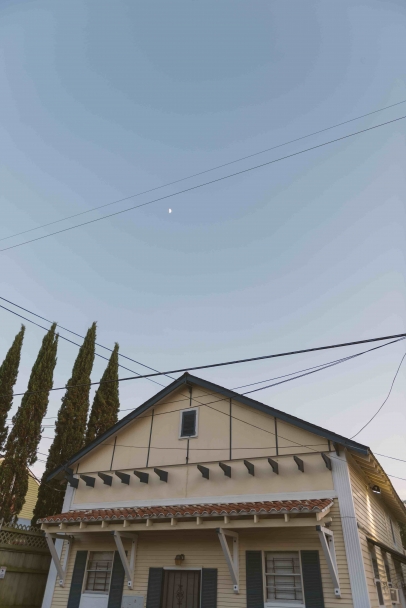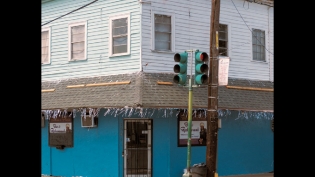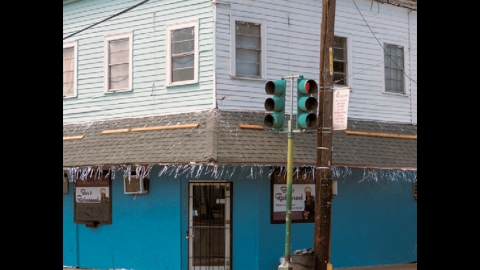The Axeman Cometh to the Corner
Nearly a century ago, corner store owners were the target of an infamous and gruesome serial killer known as the Axeman. The intruder’s weapon of choice? You guessed it.
Naturally, the grim stories captured headlines, terrifying the public with illustrated crime scenes and particularly alarming Italian-American grocers who represented the majority of victims. Between spring 1918 and fall 1919, eight grocers and their families (and in one case, mistress) would die; five others would receive serious injuries.
The killer’s M.O.: chiseling open a rectangular panel in the back exterior door leading to the residence, slipping through the narrow opening and descending on his (or her) victims as they slept. In a couple of cases, shadowy figures were spotted fleeing by awakened family members or the injured victims themselves, but the cover of darkness and rapid attacks made identification impossible.
The police were flummoxed, making several quick arrests only having to release suspects due a lack of evidence. In one case, a victim identified a pair of rival grocers as assailants; the two men were sentenced (one to hang), only to be later exonerated when, in a deathbed confession, the accuser admitted she’d simply wished to eliminate her competition. Robbery was ruled out as items were never stolen; even the offending axes and chisels were left at the scenes. Racial or anti-immigrant sentiment were offered as possible motivations; sexual sadism as well. At times, the Mafia was invoked. One retired detective suggested the attacker was a dual-personality, Dr. Jekyll and Mr. Hyde figure, and the same responsible for a string of earlier, unsolved axe murders against Italian grocers. Nothing concrete could ever be proven.
In one of the most bizarre developments and one that could only happen in New Orleans, the newspapers printed an anonymous letter in March 1919, purportedly from the Axeman. Describing himself as “invisible” and “a demon from the hottest hell,” the writer taunted police, calling them “utterly stupid” and warned of a midnight attack the following Tuesday night. The citizens of New Orleans’ only defense? The writer claimed he would spare any home in which “a jazz band is in full swing.” All over the city, residents packed clubs and held parties, playing music loudly into the early hours and indeed, the axe murderer didn’t strike that night. A local composer, Joseph Davilla, wrote “The Mysterious Axeman’s Jazz”; the song became a hit.
The last axe murder occurred October 1919. The killer’s identity remains unknown. The unsolved murders served as inspiration for Rock Geary’s graphic novel, The Terrible Axe-Man as well as a heavily fictionalized storyline on American Horror Story: Coven.







